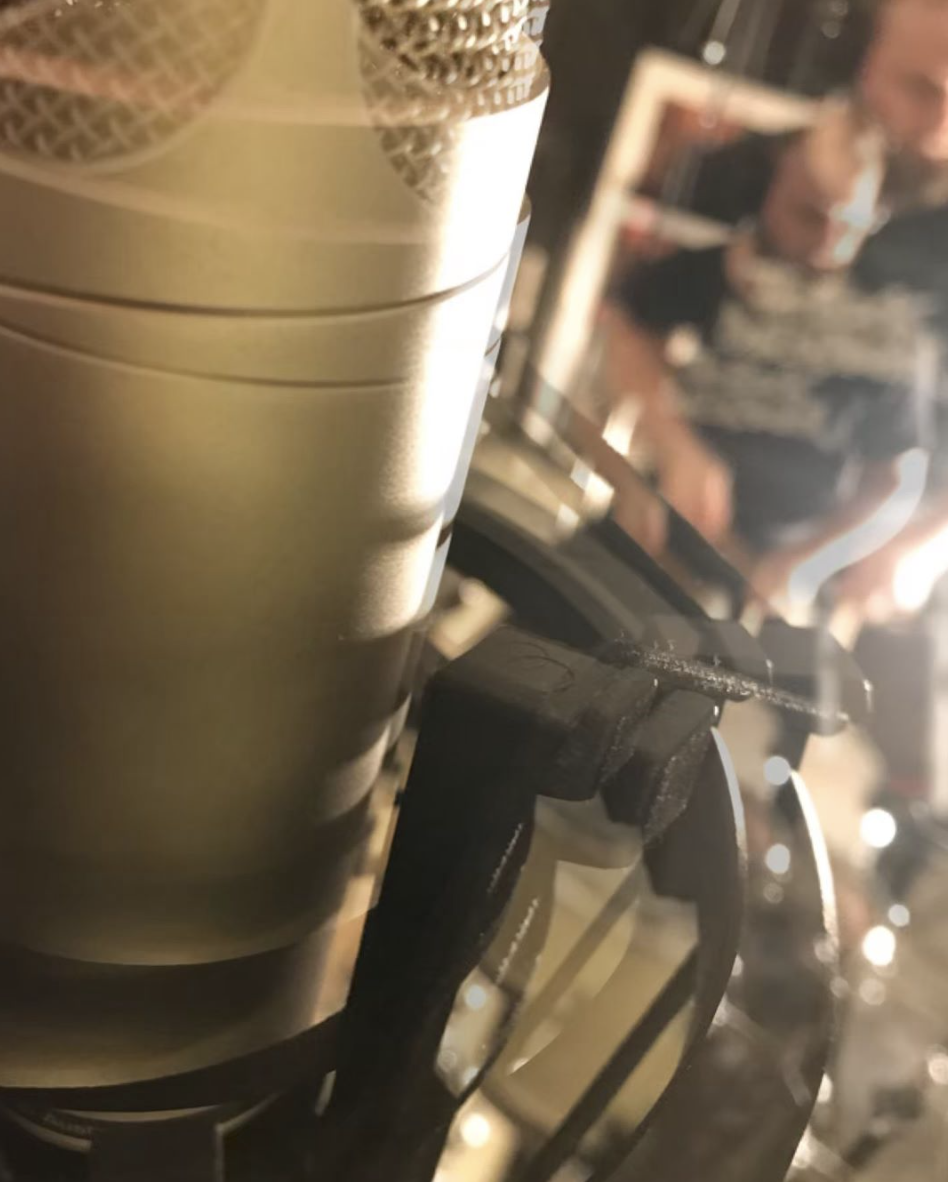
SOUND DESIGN: the process of recording, acquiring, manipulating or generating audio elements. It is employed in a variety of disciplines including film, television, live productions, sound recordings, and video game software development. The sound design process involves layering sounds and shaping them to create new, unique effects.

SCORING: the score is the music that accompanies the production, whether it be a film, video game, live performance, website, commercial, etc. Scoring a project is the process of writing and recording said music.

MIXING: the process of combining multiple sounds or sources of audio, and adjusting their frequency/harmonic content, volume level, dynamics, and panoramic position to fit the aesthetic of the project.

MASTERING: the process of creating a master audio file from which all copies will be produced. This process also includes adapting and transferring such copies into different formats to optimize them for different mediums.

ADR: automated dialogue replacement is the process of recording dialogue that is a supplement to the audio captured initially on set. ADR is done in a studio, and the actor/actress performs the dialogue in time with the video captured on set.

DIALOGUE EDITING: audio captured in the field can often have undesirable noise, lack of consistent volume, and other undesirable qualities that require cleaning and shaping. The dialogue editor removes breaths and reorganizes spacing in commercial broadcasts.

LOCATION SOUND: any audio recorded outside of the recording studio is considered location sound. Location sound equipment is adapted for the outdoors and is used for live broadcasts, films, and capturing audio for foley and sound design.

FOLEY: the process of recording sounds that will add life to the on screen images. Foley is recorded post-filming and added in place of or as a supplement to the previously recorded audio on set.

SURROUND SOUND MIXING: the process in mixing multiple channels of audio down to more than three channels (speakers). This style of mixing creates a more realistic and exciting audio presentation as the listener is in the center of the speakers, enveloped by the sound.
